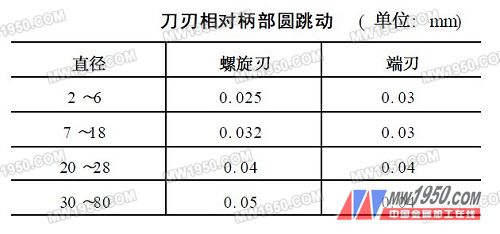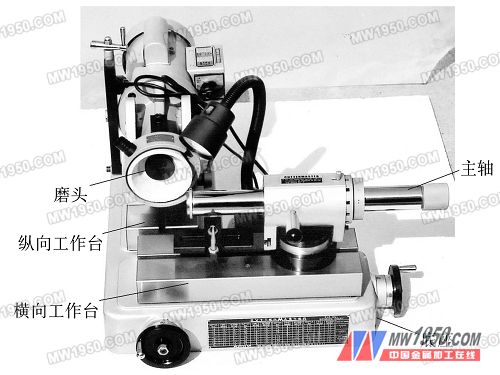There are many types of tools used in machining, such as: common knives with turning tools, drills, saw blades, end mills and taps, etc. When the tool is in use, the blade will become dull. If the tool becomes blunt, it will not only affect the accuracy and surface roughness of the workpiece, but also easily collapse, which will cause the tool to be scrapped. The sharpening of the tool is generally divided into manual sharpening and sharpening of the sharpening machine. The manual sharpening needs to master the strict technical essentials, which is not only inefficient, but also has poor precision. Moreover, some tools (such as end mills) cannot be manually sharpened. With the popularity of CNC machining equipment, hand-grinding tools are becoming less and less suitable for modern processing methods, so the sharpening machine is becoming more and more popular. Such as drill sharpeners, saw blade milling cutter sharpeners, engraving knife sharpeners, etc. have been rapidly promoted. In mechanical machining, end mills are one of the commonly used tools, and their sharpening is very difficult. It has always been a major problem that plagues the sharpening industry. The main reasons are as follows: (1) The shape is complex (as shown in Figure 1) The end mill has two main and two cutting edges, namely the end edge and the spiral edge. The end edge is a linear blade, grinding is not a problem, and its spiral blade is a spiral blade along the circumference, which cannot be manually grounded at all, and the type of end mill is different, and the helix angle ω is also different. GB 1110-1985 straight shank end mill as an example, fine tooth end mill ω = 30 ° ~ 35 °, coarse tooth end mill ω = 40 ° ~ 45 °, large spiral angle end mill ω = 70 °. figure 1 This shows that the different types of end mills have different distribution trends on the circumferential surface of the end mill, which increases the difficulty of sharpening. (2) High precision requirements According to the national standard GB 6118-1985 "Technical Conditions for End Mills", the end beating of the end mill and the circular beating of the spiral edge relative to the shank are respectively attached. From the accuracy of the schedule neutral milling cutter, in order to grind the standard end mill, the grinder itself must have a high precision (spindle bouncing <0.025mm). The edge of the blade is pulsating relative to the handle (unit: mm) At present, the more mature grinding method for the end mill is the grinding of the CNC grinding machine, the grinding precision is high (the radial round runout is generally not more than 0.01mm), and the automatic grinding of the CNC grinding machine is completed after the clamping. It is very efficient and world-leading, but it is also expensive and difficult to operate. At present, there is a new type of sharpening machine using air bearing structure, such as HDT sharpening machine (Figure 2). It has a low price (about 10,000 yuan), is easy to operate, and is used for the sharpening of the end mill. It can fully meet the accuracy requirements of GB 6118-1985 "Technical Conditions for End Mills". Next page Measuring Tape,Meter Measuring Tape,Steel Measuring Tape,Stainless Steel Measuring Tape Henan Yuanli Tools Co.,Ltd , https://www.hnyuanlitools.com
1 Introduction 


figure 2